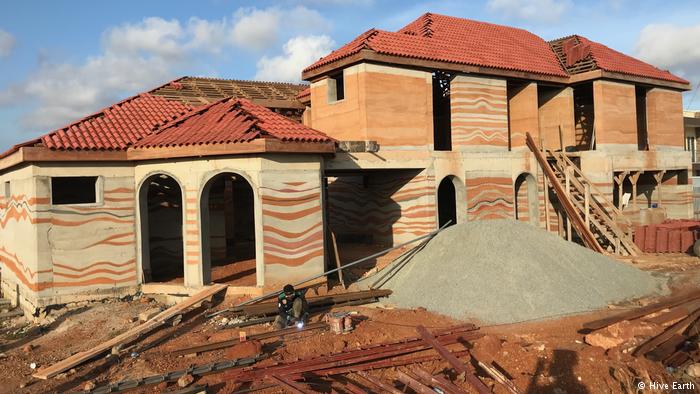With a population of about one billion people, Africa is fast becoming one of the most populous continent in the world.
The World Bank projects that by 2050 the population of the continent will have doubled, meaning that the region will have added 3.5m people per month.
While the benefits of such population are enormous, Africa should strive to put elaborate measures to ensure affordable and adequate houses are available to avoid a crisis.
The issue of housing shortage in Africa is well documented. Kenya for example has a housing gap of approximately 2 million homes, for example, while more than 12m people in Egypt live in informal buildings.
Experts have long argued that conventional building material such as sand and cement cannot allow construction of low-cost mass houses.
“The use of brick and mortar in housing construction is expensive and as such has denied Kenya and other African countries the impetus to build million of houses needed to curb housing shortage in the country,” says Moses Thuku a property developer in Kenya.
If we can use more sustainable building materials such as straw, bamboo or clay as construction materials, that can be a major step forward. However, some Africa countries have no legal framework to support such proposals.
But in Ghana one company is using the traditional ‘rammed earth’ technique to help address a 2 million housing deficit.
Hive Earth uses locally sourced materials such as clay, laterite and granite chippings which are abundantly available in West Africa, says Joelle Eyeson the company’s cofounder.
“Our aim is to build houses that our workers and the majority of Ghanaians and West Africans can afford. The prototype that should be ready by the end of the year will cost roughly $5,000 for a one-room house,” She tells DW.
The rammed earth technique is a mixture of laterite, clay and then granite chippings. A small mount of cement or lime is used to bind it.
“We wanted a way of building without using cement, because it is very toxic; especially in our climate it combines with the heat and humidity and creates a really bad indoor air quality,” explains Ms Eyeson.

